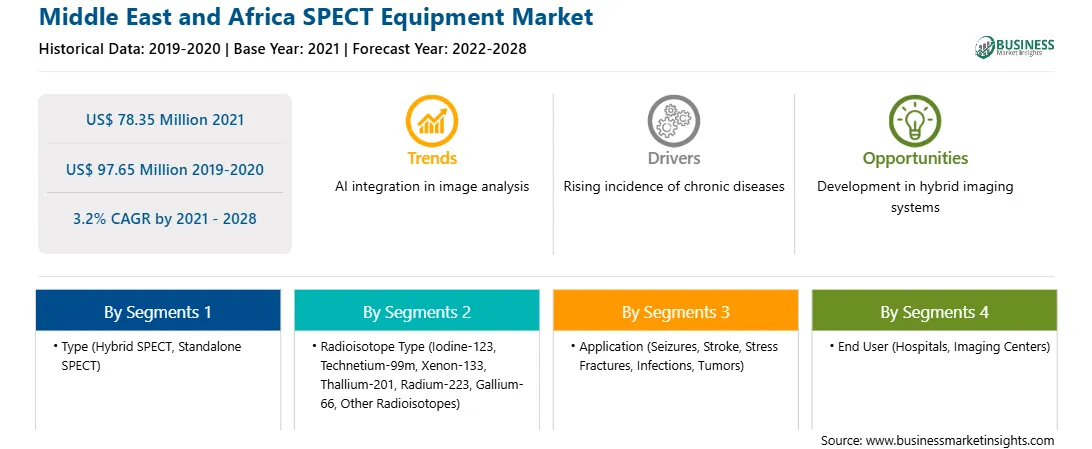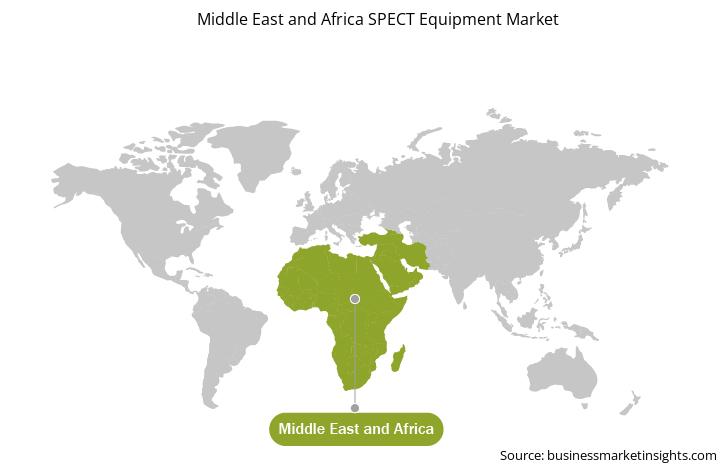Increasing computational power brings the ability to model each and every aspect of the system in the reconstruction algorithm. This includes modeling all imaging physics along with attenuation, scatter. This also embeds detector response function permits better uniformity, quantification, and resolution. This is turn will finally result in a better and accurate diagnostic value. In addition, a leap of all technologies will result only when there is a solid integration of all sources. Such a factor is expected to propel industry growth in the future years. The multimodality data, population statistics, and biometrics will result in more precise and accurate diagnosis and that will eventually help the physicians and doctors provide personalized individual treatment to the patients maintaining an overall uniformity.
The onset of COVID-19 resulted into lockdown of the countries in March of 2020. There was an abrupt decrease in cardiovascular testing and procedures as non-urgent cases were deferred to reduce risk of transmission to patients and staff. In a worldwide survey performed by the International Atomic Energy Agency (INCAPS COVID), the survey participants reported a 64% decrease in overall cardiovascular testing and a 73% decrease in nuclear stress test volume in April 2020 compared to April 2019.4 Lower income countries such as UAE, Egypt, Kuwait and Saudi Arabia amongst others experienced an even greater decline in cardiovascular testing which was thought due to decreased access to personal protective equipment. Utilization rates of cardiac SPECT fell further than cardiac PET (74 versus 51%) during the initial phases of the pandemic in the concerned region. Decline in the diagnostic testing coupled with increasing incidence of respiratory conditions among patients made the hospitals worry about the situation in the concerned region all the more. The supply chain disruptions were one of the important fact that led to distribution failures in the Middle East and Africa region. However, the neutralization of the situation coupled with advantages associated with SPECT equipment made the healthcare providers to include the concerned imaging modality into their existing health systems and not using any conventional approaches. This was mainly included in their systems so as to scan images who are suffering from lung dysfunctions and cardiovascular diseases that resulted from the pandemic situation. The SPECT equipment exhibited efficient and accurate results and also provides information based on individual patient category. Such factors enabled the global market growth in these developing regions in the recent years and is anticipated to follow a similar trend over the forecast period.
With the new features and technologies, vendors can attract new customers and expand their footprints in emerging markets. This factor is likely to drive the SPECT equipment market. The MEA SPECT equipment is expected to grow at a good CAGR during the forecast period.
Strategic insights for the Middle East and Africa SPECT Equipment provides data-driven analysis of the industry landscape, including current trends, key players, and regional nuances. These insights offer actionable recommendations, enabling readers to differentiate themselves from competitors by identifying untapped segments or developing unique value propositions. Leveraging data analytics, these insights help industry players anticipate the market shifts, whether investors, manufacturers, or other stakeholders. A future-oriented perspective is essential, helping stakeholders anticipate market shifts and position themselves for long-term success in this dynamic region. Ultimately, effective strategic insights empower readers to make informed decisions that drive profitability and achieve their business objectives within the market.

| Report Attribute | Details |
|---|---|
| Market size in 2021 | US$ 78.35 Million |
| Market Size by 2028 | US$ 97.65 Million |
| Global CAGR (2021 - 2028) | 3.2% |
| Historical Data | 2019-2020 |
| Forecast period | 2022-2028 |
| Segments Covered |
By Type
|
| Regions and Countries Covered | Middle East and Africa
|
| Market leaders and key company profiles |
The geographic scope of the Middle East and Africa SPECT Equipment refers to the specific areas in which a business operates and competes. Understanding local distinctions, such as diverse consumer preferences (e.g., demand for specific plug types or battery backup durations), varying economic conditions, and regulatory environments, is crucial for tailoring strategies to specific markets. Businesses can expand their reach by identifying underserved areas or adapting their offerings to meet local demands. A clear market focus allows for more effective resource allocation, targeted marketing campaigns, and better positioning against local competitors, ultimately driving growth in those targeted areas.

The Middle East and Africa SPECT Equipment Market is valued at US$ 78.35 Million in 2021, it is projected to reach US$ 97.65 Million by 2028.
As per our report Middle East and Africa SPECT Equipment Market, the market size is valued at US$ 78.35 Million in 2021, projecting it to reach US$ 97.65 Million by 2028. This translates to a CAGR of approximately 3.2% during the forecast period.
The Middle East and Africa SPECT Equipment Market report typically cover these key segments-
The historic period, base year, and forecast period can vary slightly depending on the specific market research report. However, for the Middle East and Africa SPECT Equipment Market report:
The Middle East and Africa SPECT Equipment Market is populated by several key players, each contributing to its growth and innovation. Some of the major players include:
The Middle East and Africa SPECT Equipment Market report is valuable for diverse stakeholders, including:
Essentially, anyone involved in or considering involvement in the Middle East and Africa SPECT Equipment Market value chain can benefit from the information contained in a comprehensive market report.